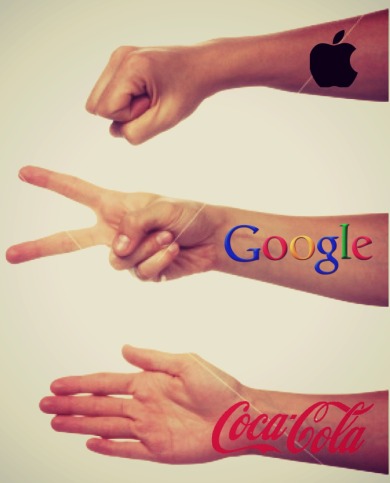In Chapter 16 of Share This: The Social Media Handbook for PR Professionals, Julio Romo discusses how to pitch using social media. Typically, PR practitioners would have to find a journalist(s) that was willing to listen to why they should write about the brand or client that is seeking coverage. Today, with the increasing use of social media platforms, there are many new ways to get in contact with people who can promote the story.
One of the main points that Romo hits on is that there are now media outlets that list right on their website what journalists and producers are on Twitter; as we have discussed before, Twitter is one of the best ways to promote a story (thats if your 140 characters really captures all important elements). Romo mentioned how we used to have our address books with the numbers to journalists but now he is saying that “creating a digital address book today could not be easier” (2012, p. 140). These digital address books allow PR practitioners to promote and pitch these stories to many individuals via social media platforms.
But… what if you pitch to the wrong person? What if your pitch doesn’t go as intended?
With multiple social media platforms, it is VITAL that PR practitioners are familiar with the different platforms and who they are pitching to. Romo stated that “too many PRs make the mistake of assuming that because bloggers can carry content, they work like journalists,” and continued to an example that ended up resulting in a post that “was cold and written in a manner that highlighted the possible lack of a working relationship between the two parties” (2012, p. 139). Moral of the story is, you have to be careful of who you are pitching to and how you are utilizing the different platforms.
In a post by Amber Mac, titled Social Media Makes Bad Pitches Go Viral–And Can Save PR from Itself, she opens with “not even spam filters can save fast company writers from horrible PR pitches” (2012). She then later describes that in order to save yourself from the bad publicity there are 3 steps that should be followed: 1) Do your social search homework, 2) Consider a social pitch first, and 3) Kill the “dear journalist” from letters and mass e-mails.
I came across a website, with a specific page titled Bad PR… Bad which is hosted by a site titled “The PR Coach.” I started to read the page a little bit and the first paragraph states, “we present the best of the Bad PR examples from the ‘net. We hesitated to put this page together but there’s too much to learn from other public relations mistakes, PR Fails, bad blog pitches, media missteps, bad judgment, poor PR pitching and PR faux pas.” This page just made it extremely clear for me that there are tons and tons of critics out there so you can be put in the spot light for just one bad PR pitch.
The moral of the story is, you have to be careful what you post because you don’t want to end up as a link on Bad PR.. Bad or pitch your story to the wrong person. If you follow the steps that Romo states in the chapter, you should have a great pitch on social media!
Sources
Mac, A. (2012). Social media makes bad pitches go viral– And can save PR from itself. Retrieved on October 24, 2013 from http://www.fastcompany.com/1840131/social-media-makes-bad-pitches-go-viral-and-can-save-pr-itself
Romo, J. (2012). Pitching using social media in Share this: The social media handbook for PR professionals. John Wiley & Sons, Ltd: Chichester, West Sussex.
Bad PR.. Bad. Retrieved on October 24, 2013 from http://www.theprcoach.com/bad-pr-bad/.



